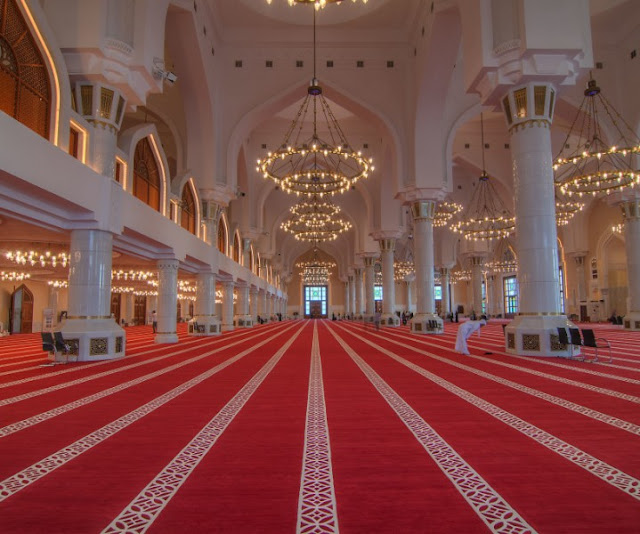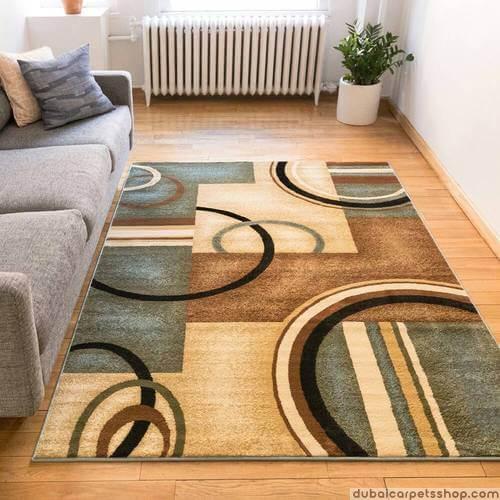Mosque Carpets: Weaving Faith and Artistry into Spiritual Spaces
Mosques, as sacred places of worship, hold a special significance in the hearts of millions around the world. These places not only facilitate spiritual connection but also symbolize community, tranquility, and reverence. Within the architectural beauty of a mosque, one element stands out as both functional and artistically intricate: mosque carpets. These meticulously crafted carpets play a vital role in shaping the ambiance and spiritual experience within a mosque. In this article, we'll explore the rich history, design philosophy, and cultural significance of mosque carpets.
A Tapestry of Tradition
The tradition of using carpets in mosques dates back centuries, with its origins rooted in the Islamic world's cultural heritage. Carpets were introduced to mosques not only for practical purposes but also to create an environment that fosters spiritual reflection and devotion. Over time, the art of carpet weaving became intertwined with religious symbolism, cultural aesthetics, and the desire to create a serene atmosphere conducive to prayer and meditation.
Artistry in Design
Mosque carpets are renowned for their intricate designs, geometric patterns, and vivid colors. These designs often hold profound spiritual meanings, such as the mihrab (prayer niche) or the mehrab (arch) symbolizing the direction of Mecca. The symmetrical and repetitive patterns reflect the Islamic belief in the unity and harmony of the universe, while the lush colors create an environment that engages the senses and uplifts the spirit.
Acoustic Harmony
Acoustics play a significant role in the design of mosques, especially during prayers and sermons. Mosque carpets contribute to acoustic harmony by absorbing sound, reducing echoes, and creating a sense of tranquility. The carpets' soft texture underfoot also helps minimize noise from footsteps, further enhancing the atmosphere of devotion and peace.
Cultural Significance
The choice of mosque carpets is deeply rooted in cultural traditions. Different regions have distinct carpet weaving styles that reflect the local aesthetic and artistic sensibilities. Carpets from Turkey, Iran, Morocco, and beyond carry their unique characteristics, yet all share the common goal of creating an environment that invites worship and contemplation.
Spiritual Connection
Mosque carpets are more than just decorative elements; they are integral to the spiritual experience of those who gather for prayers. The softness of the carpet underfoot, the sense of unity as rows of worshippers align during congregational prayers, and the symbolism woven into the design all contribute to the profound connection between the individual and the Divine.
Caring for Tradition
Preserving the legacy of mosque carpets requires care and attention. Regular maintenance, cleaning, and, if necessary, restoration help extend the life of these precious pieces of art. Many mosques consider the care of their carpets as a testament to their dedication to providing a space that nurtures the spiritual growth and well-being of their community.
Conclusion
In the sacred space of a mosque, every element is carefully designed to facilitate a spiritual journey. Mosque carpets stand as tangible expressions of faith, tradition, and cultural identity. Their intricate designs, acoustic contributions, and symbolic significance create an atmosphere that invites worshippers to experience a sense of awe, humility, and unity. As worshippers gather to pray and reflect, mosque carpets silently bear witness to centuries of devotion, weaving threads of faith and artistry into a tapestry that connects generations and cultures across time.


.jpg)
Comments
Post a Comment